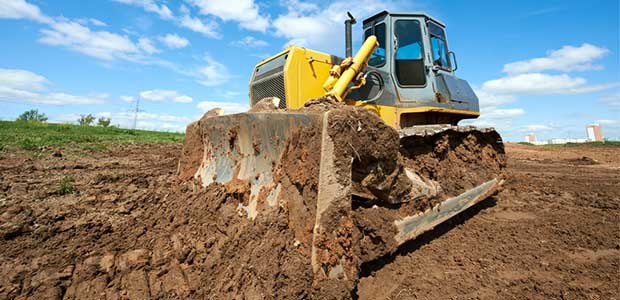
Autonomous Mining, Construction Vehicles Aid in Worker Safety
Self-guided bulldozers and mining trucks are being developed with advanced artificial intelligence to prevent equipment from colliding with human workers.
The future of vehicles has always been somewhat fantasized. Quotes from movies such as Back to the Future, "Roads? Where we are going, we don't need roads," and futuristic scenes depicted through novels make us feel like a tin can with four wheels getting us from Point A to Point B is just plain old boring.
Perhaps this is why everyone was so excited a decade ago when the thought of an autonomous passenger vehicle was announced by the GoogleX self-driving car project. Was this finally the catalyst for flying cars and naps on single-manned road trips?
In the ten years since, a lot has moved in the autonomous vehicle space, but it isn't every day you see a car on the road without a fully attentive driver behind the wheel. While the excitement around self-driving passenger vehicles calmed down, experts took their ideas, software and artificial intelligence and began applying it to other vehicles, especially vehicles in the industrial, mining, agriculture and construction industries.
It is widely observed that the applications of autonomy in these worlds works best as they have defined automation tasks. The implementation of automation results in less human-machine interactions and clear-cut geo-fenced areas bound the machinery to certain spaces decreasing the likelihood of a runaway bulldozer.
Simply put, these are highly controlled areas that lend themselves to automation.
A lot of moves have been made in the automated labor vehicle space in the decade since Google announced their self-driving car. For instance, Caterpillar developed semi- and fully-autonomous haulage trucks and announced they have hauled more than 1 billion tons of materials. Komatsu followed this announcement with their own, stating they have reached the 2 billion ton mark.
The most recent upgrades to these automated vehicles are focused on worker safety. While the vehicles increase worker safety by decreasing human-machine interaction, there are other dangerous situations that might come into play, for example, a machine/human worker collision.
Camera-based interference will now allow these vehicles to get an advanced look at their environment. Collision detection can stop a vehicle before it comes into the path of a human worker. And because these vehicles have already been moving and learning for nearly 10 years, their algorithms are only getting smarter.
Recently, startup SafeAI emerged with a $5 million funding announcement. The company's focus is on autonomous vehicle technology, designed and built specifically for heavy equipment used in the mining and construction industries. It is their hope that correctly applying automation and artificial intelligence will make work sites safer and increase efficiencies and boost productivity.
“We have seen and experienced deploying autonomous mining truck in production for last 10 years,” explained SafeAI Founder and CEO, Bibhrajit Halder to Tech Crunch. “Now it’s time to take it to next level. At SafeAI, we are super excited to built the future of autonomous mine by creating autonomous mining equipment that just works.”